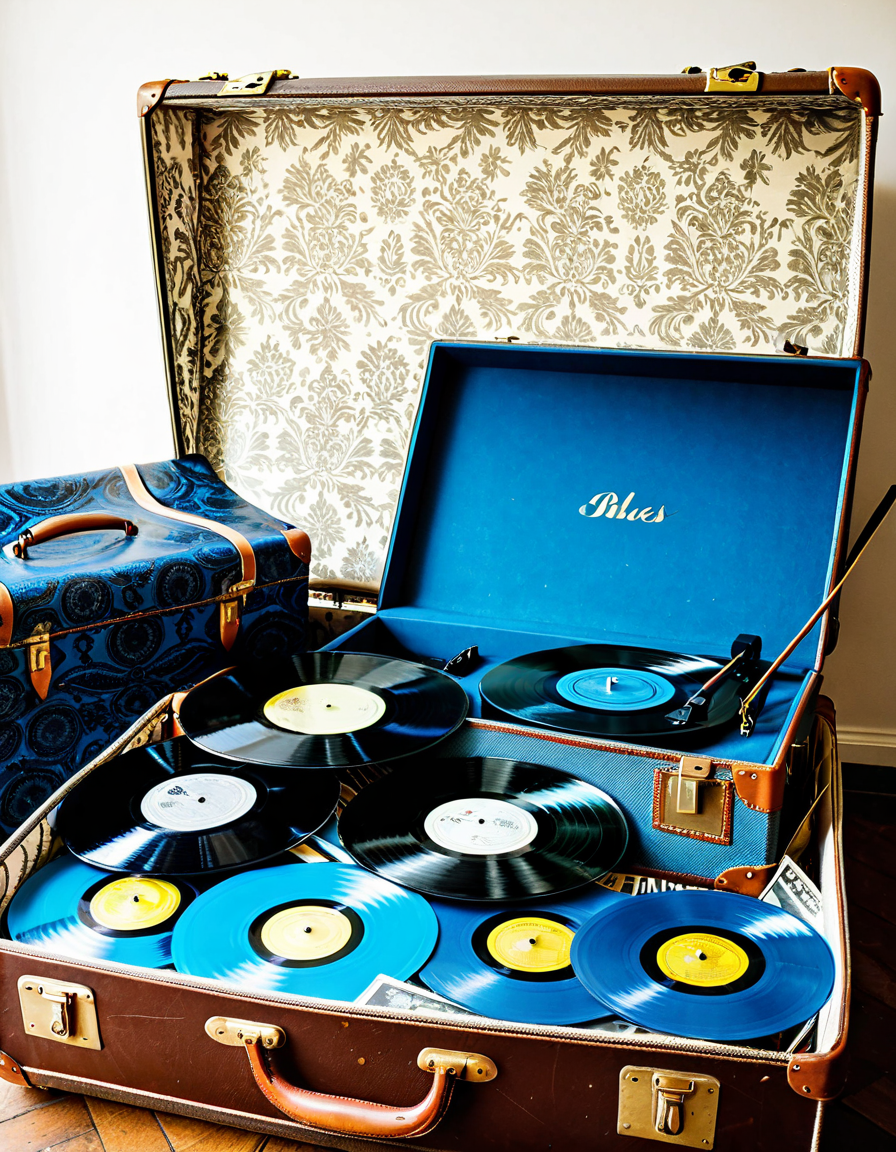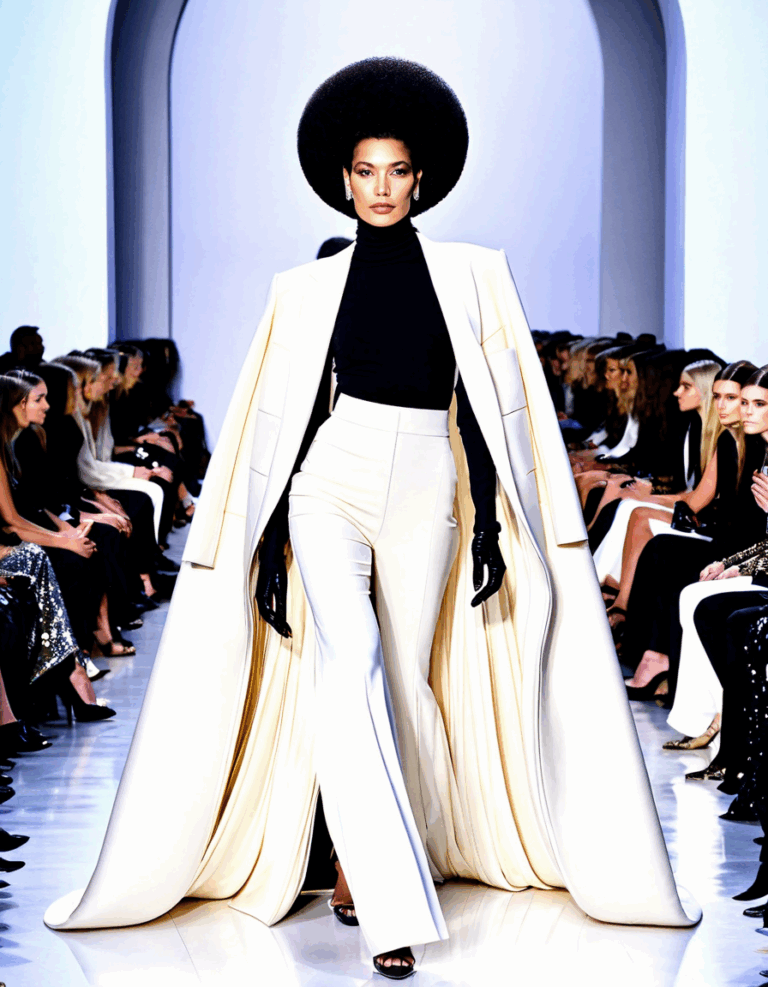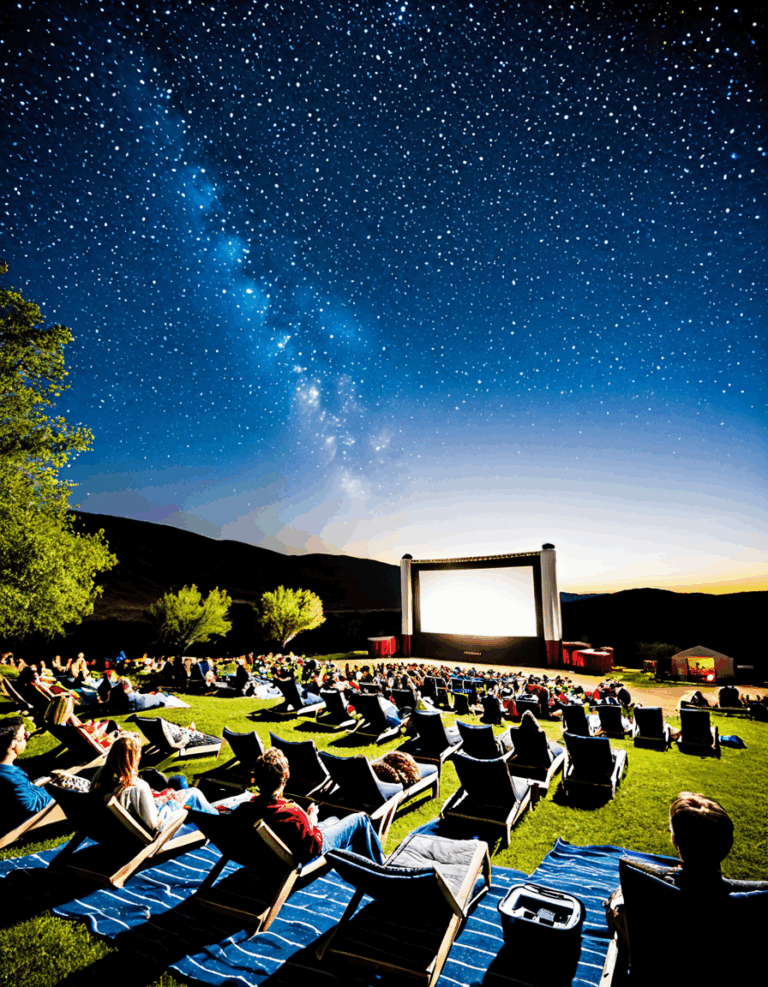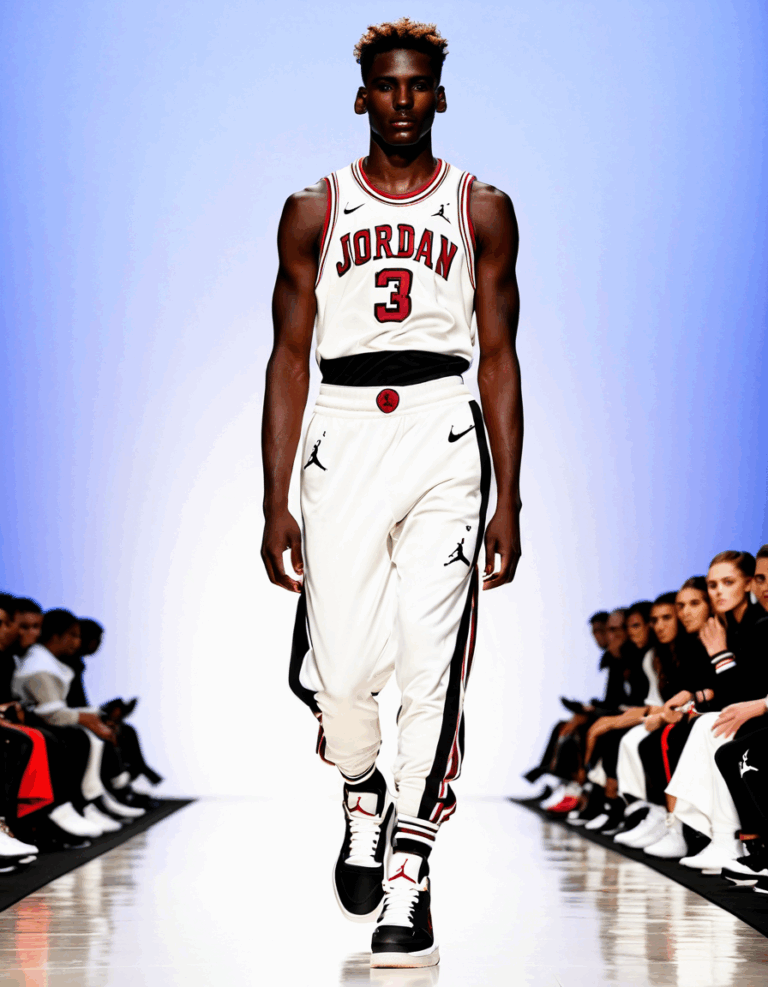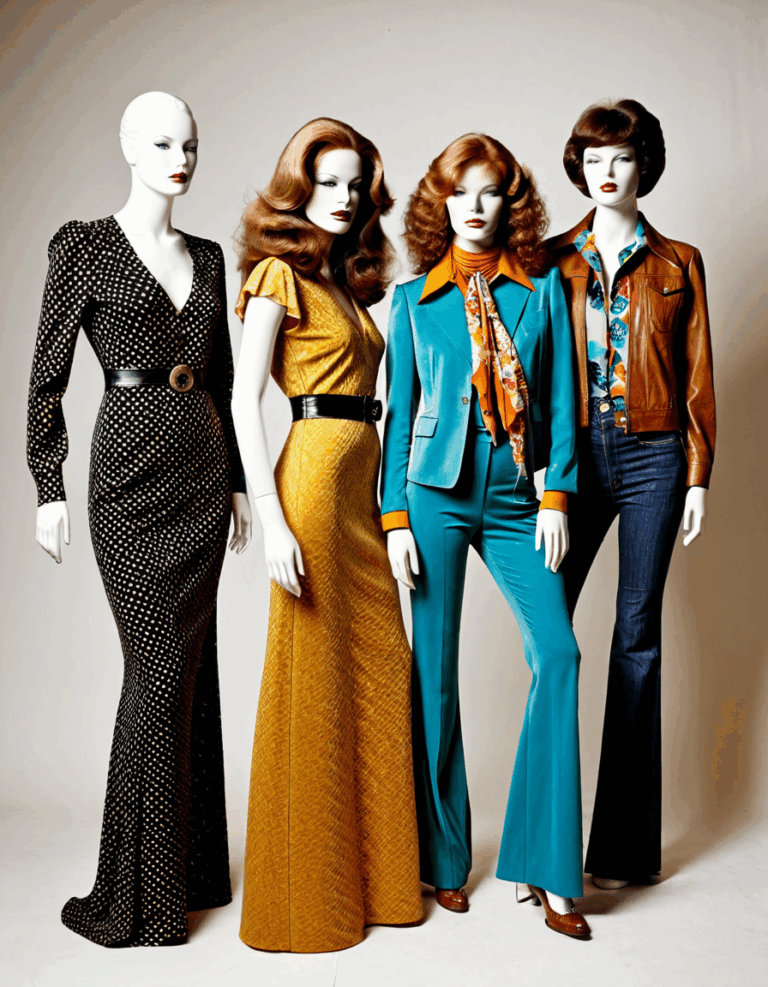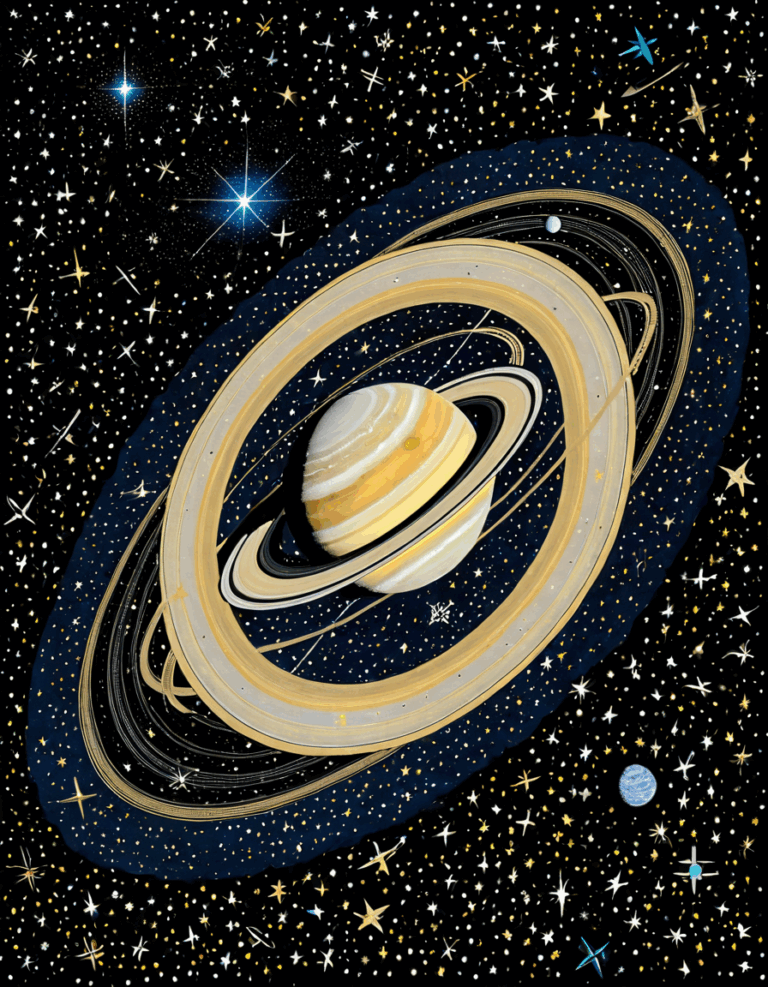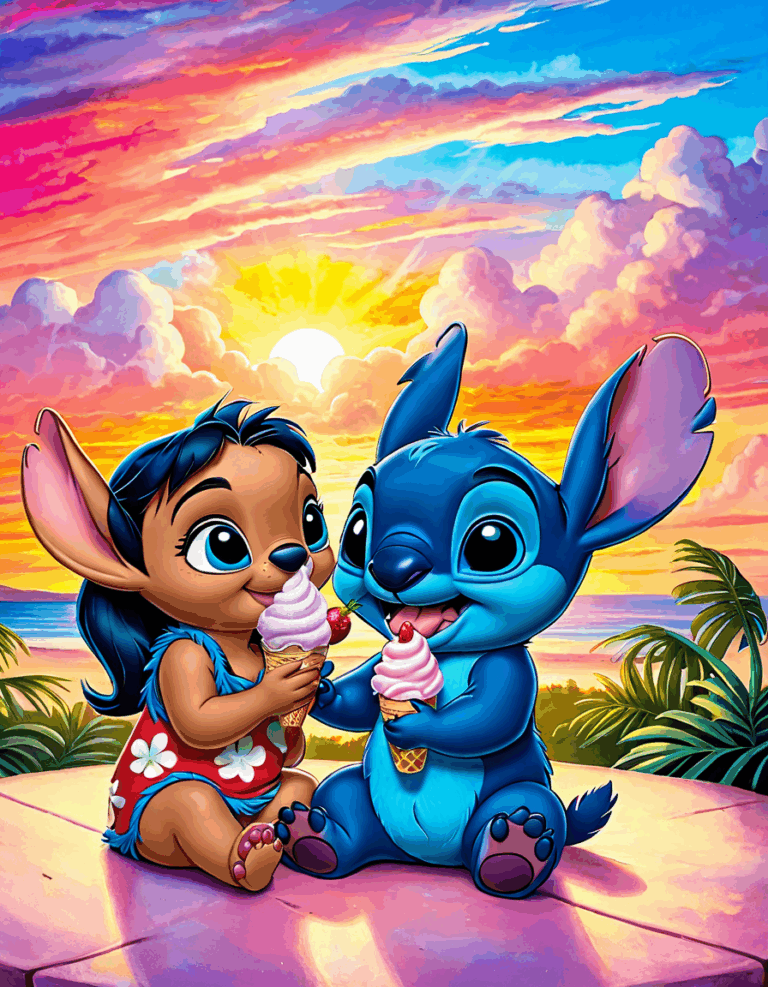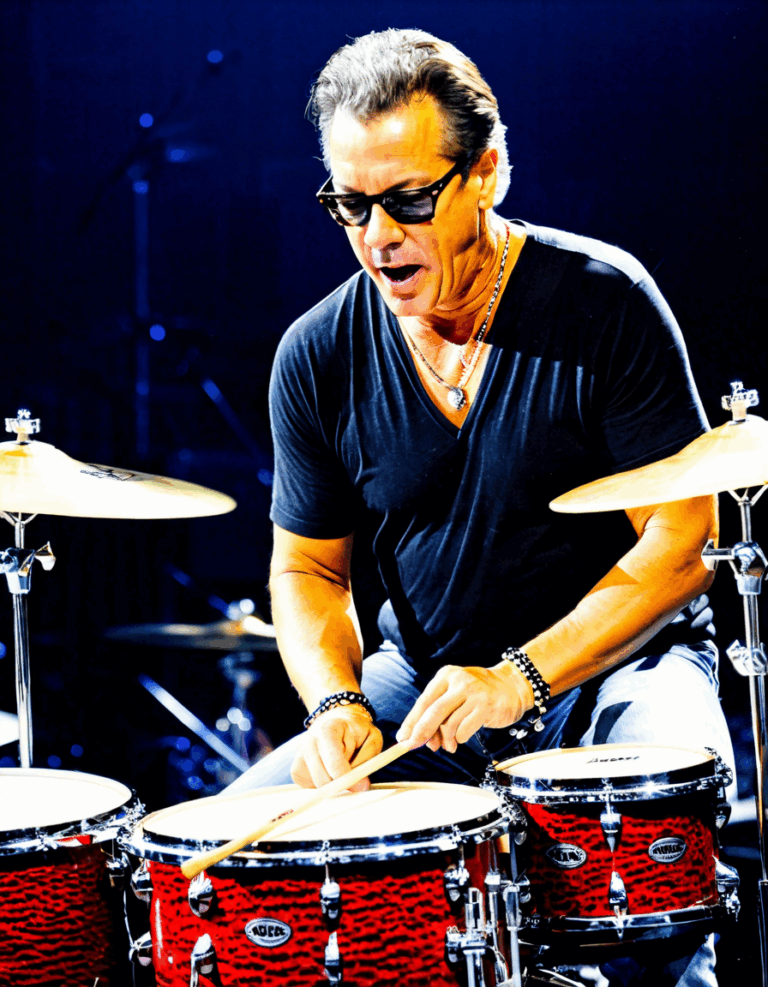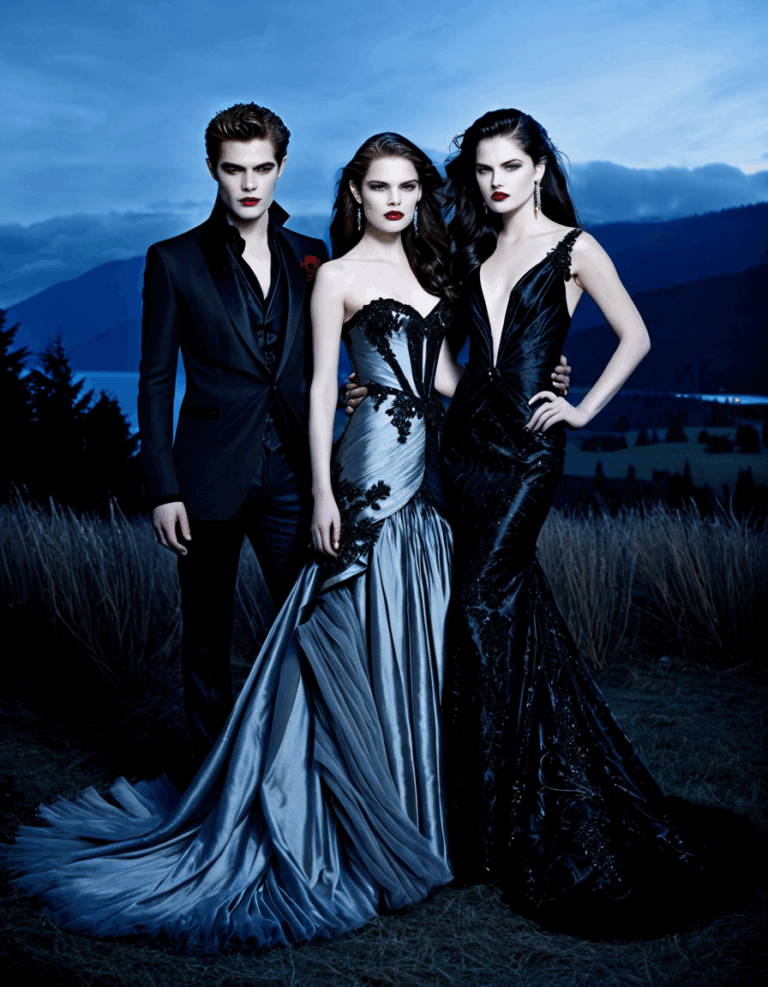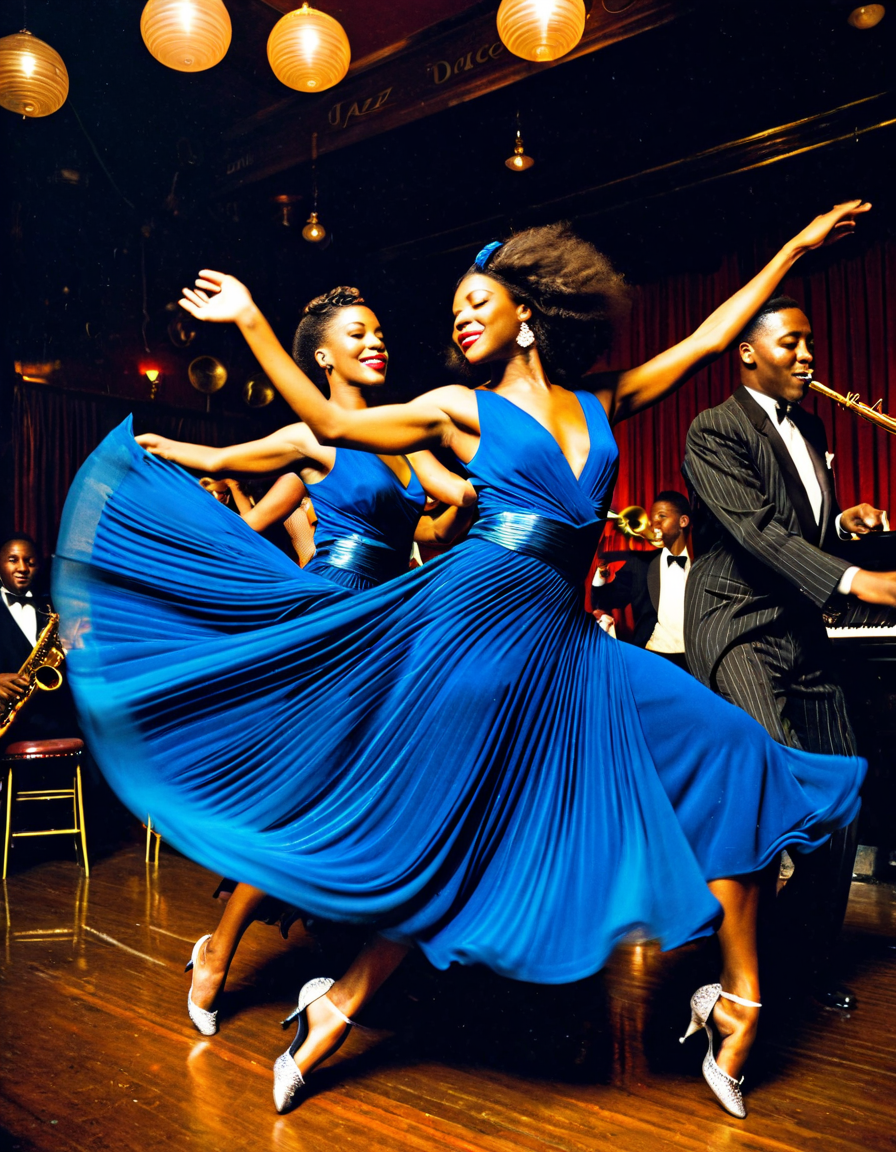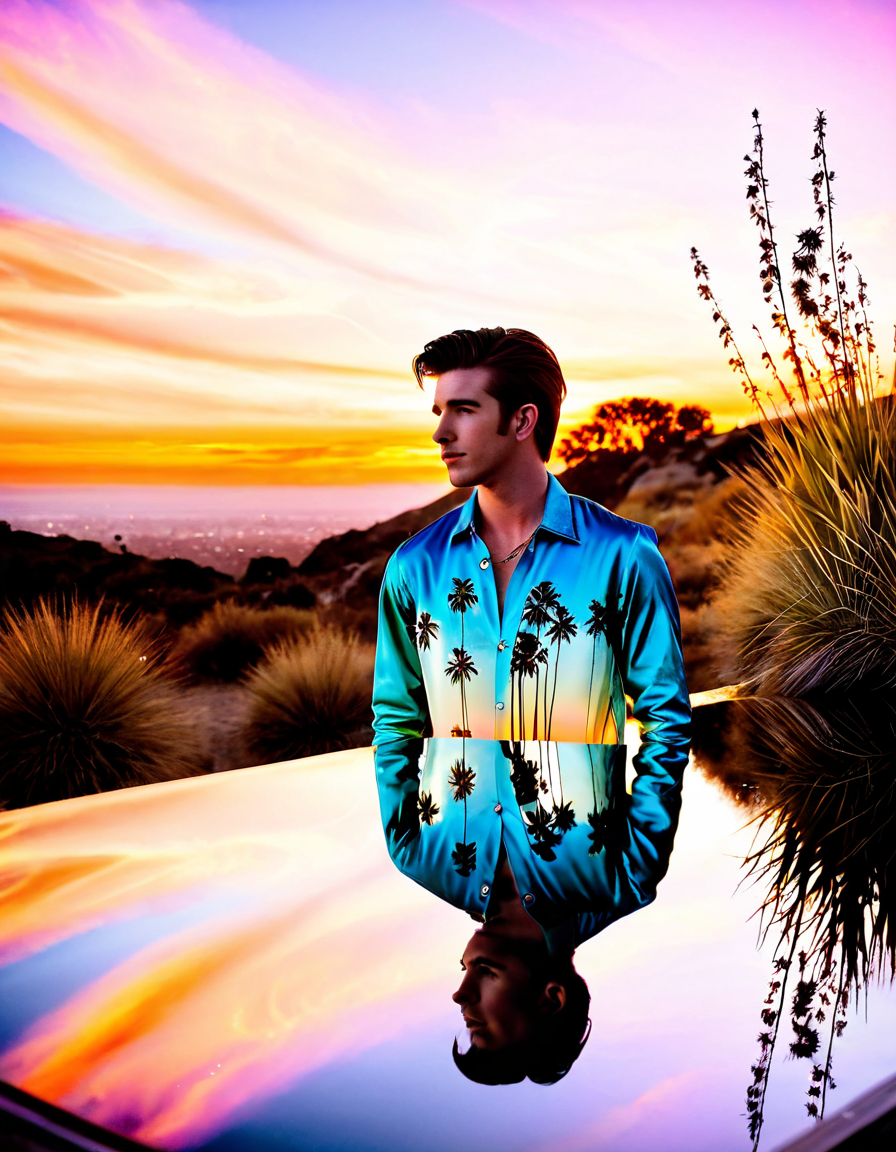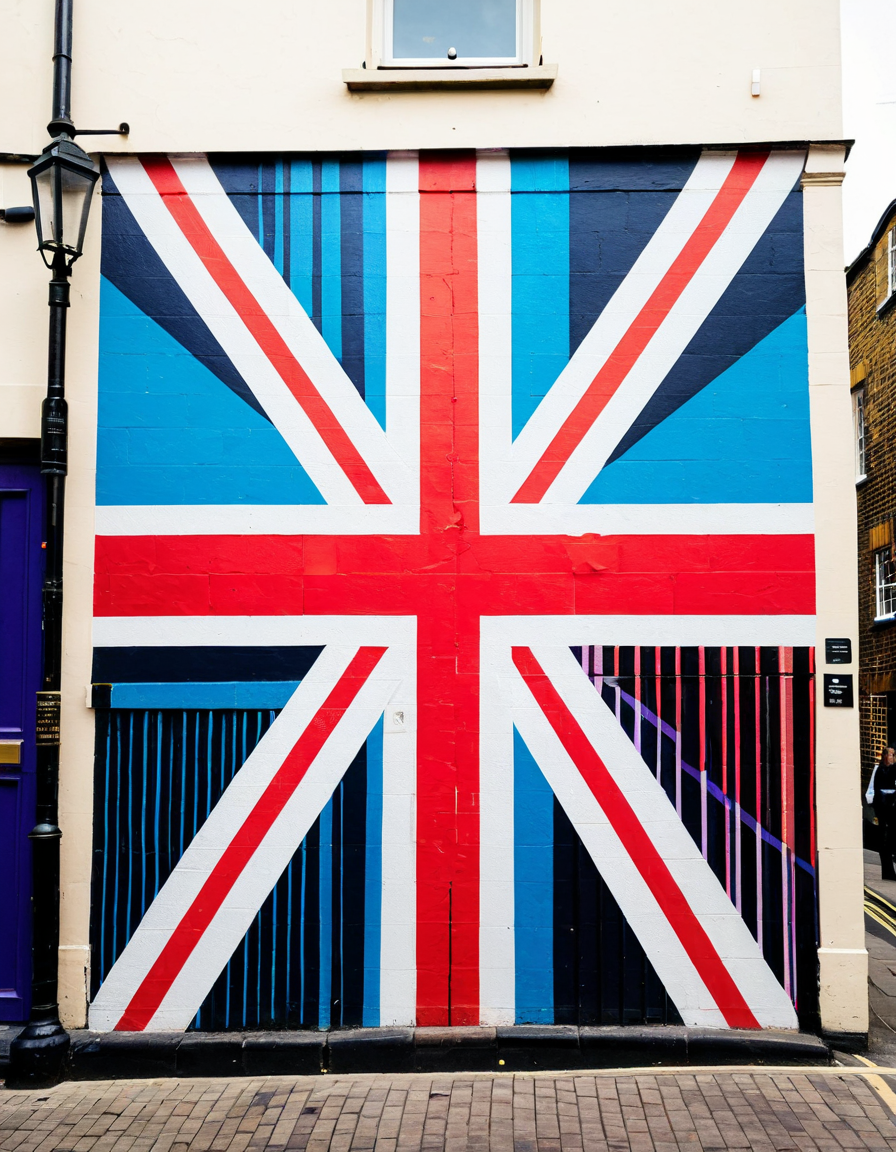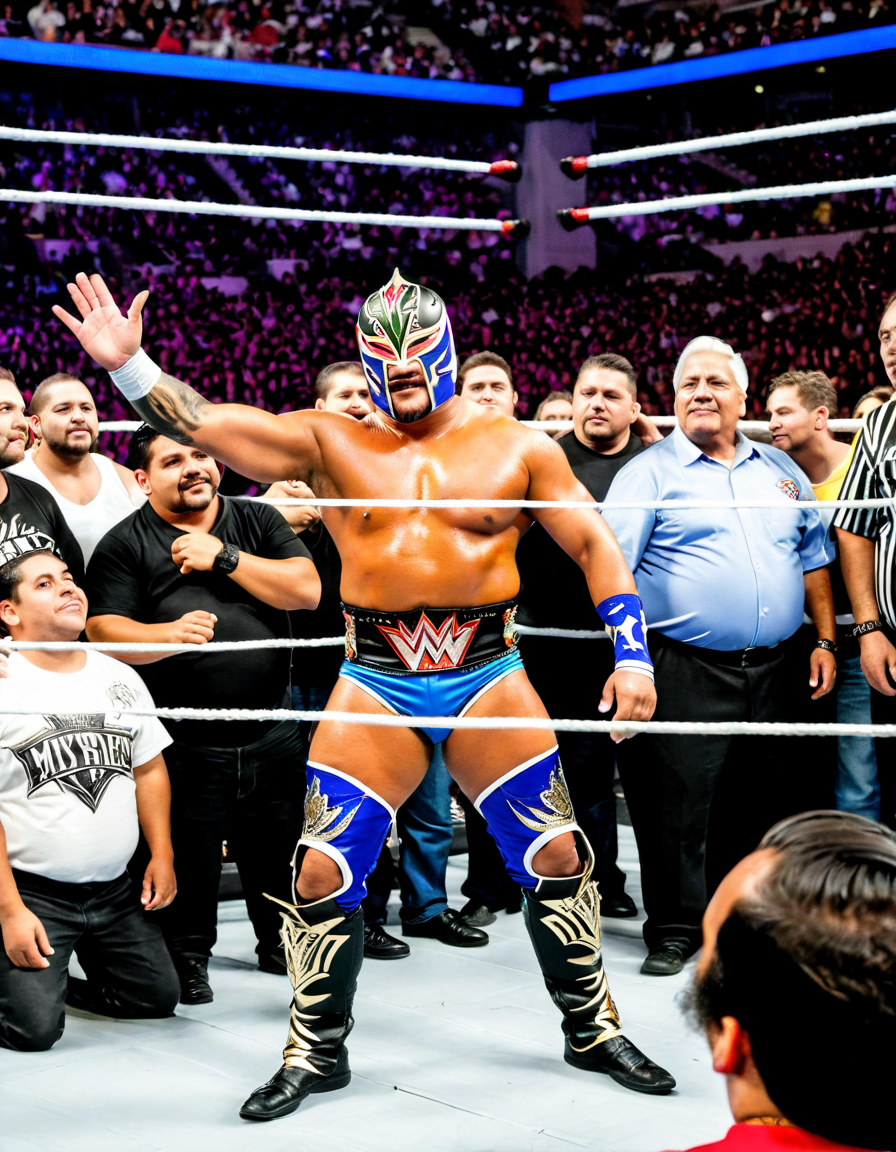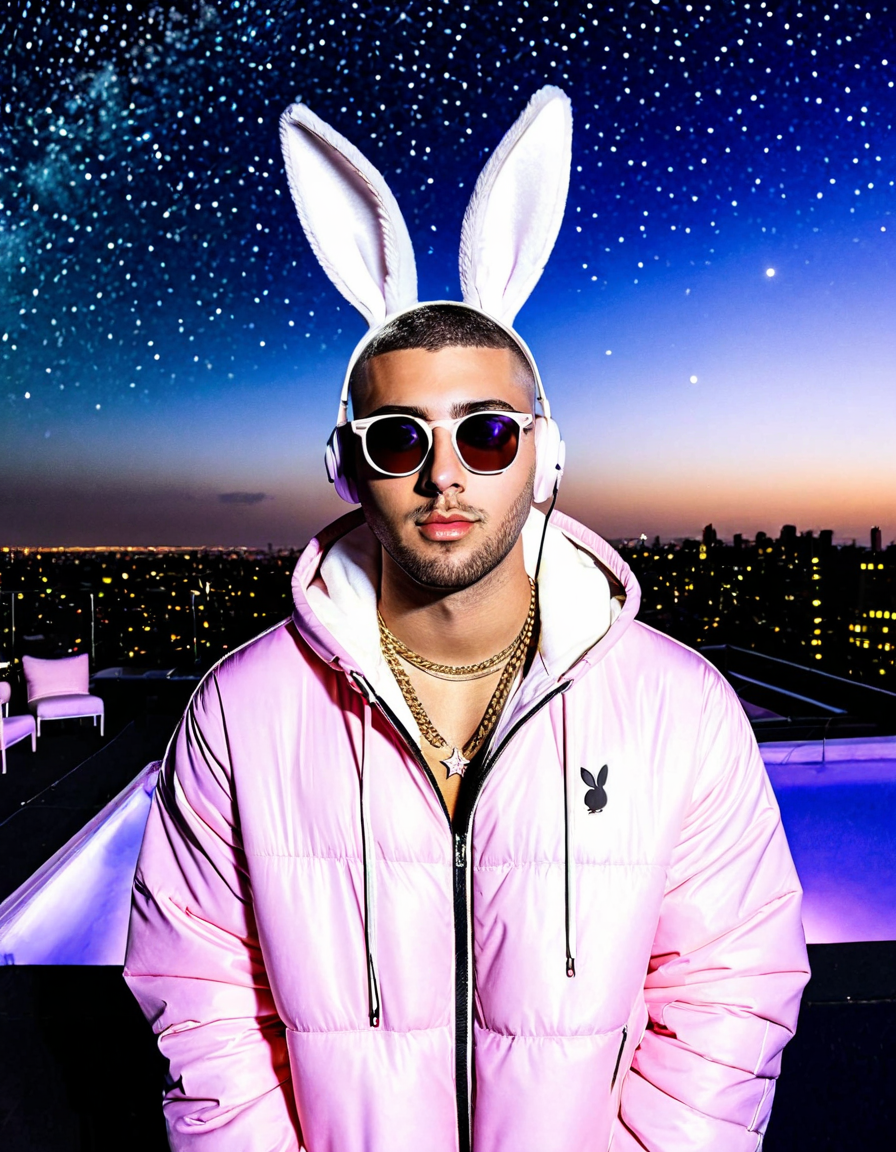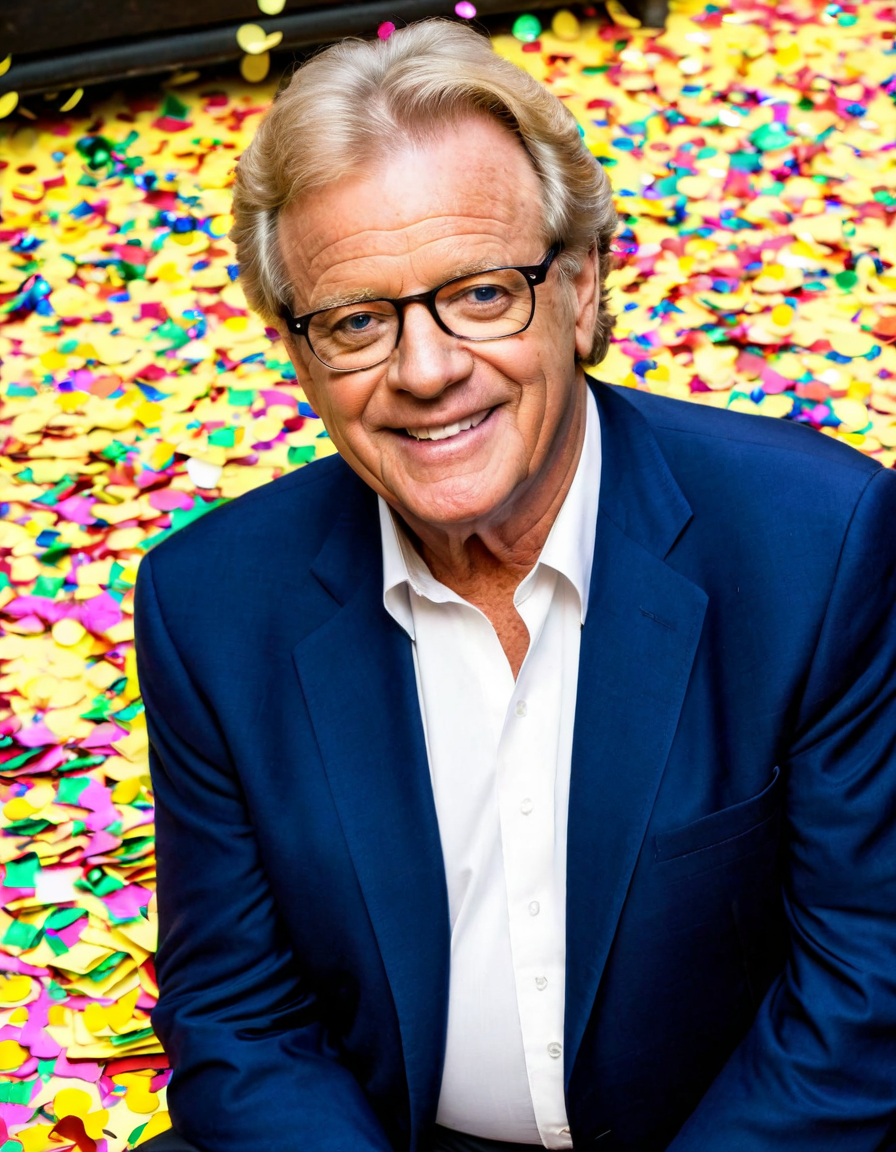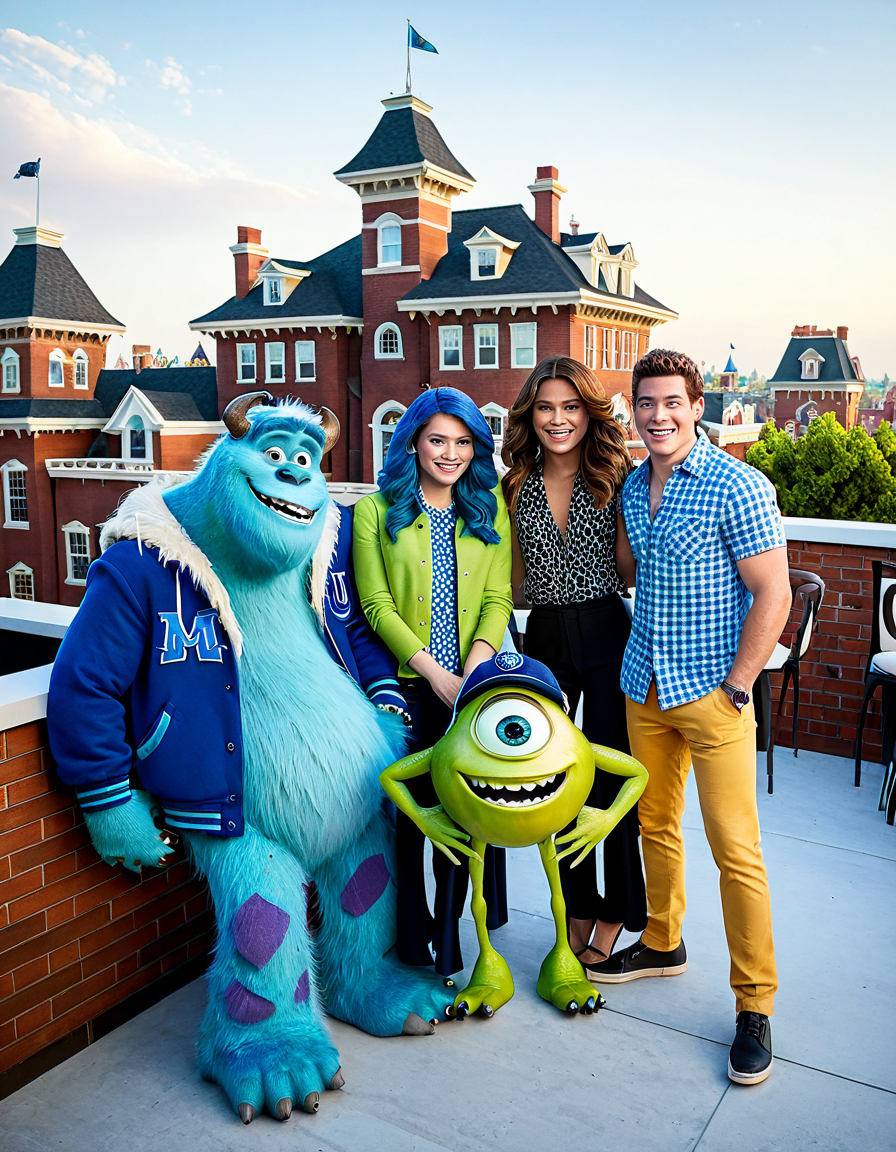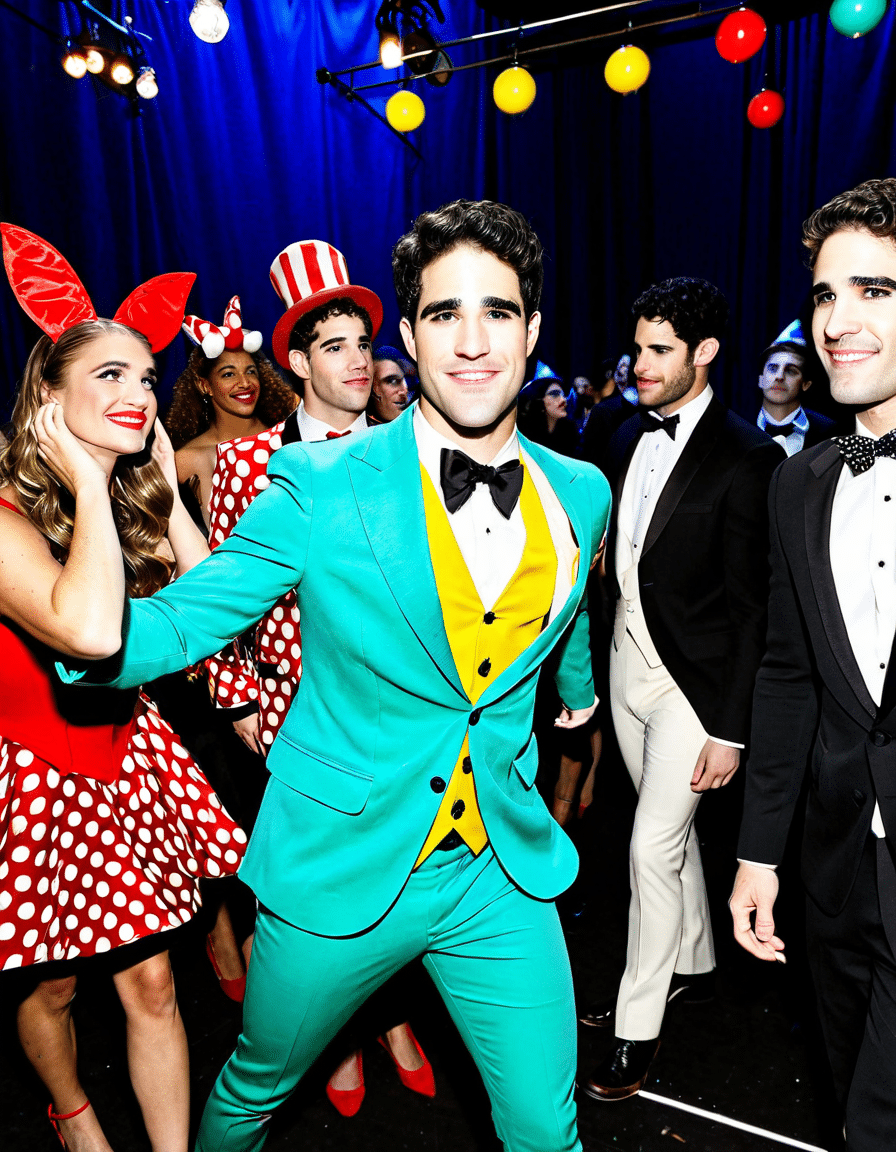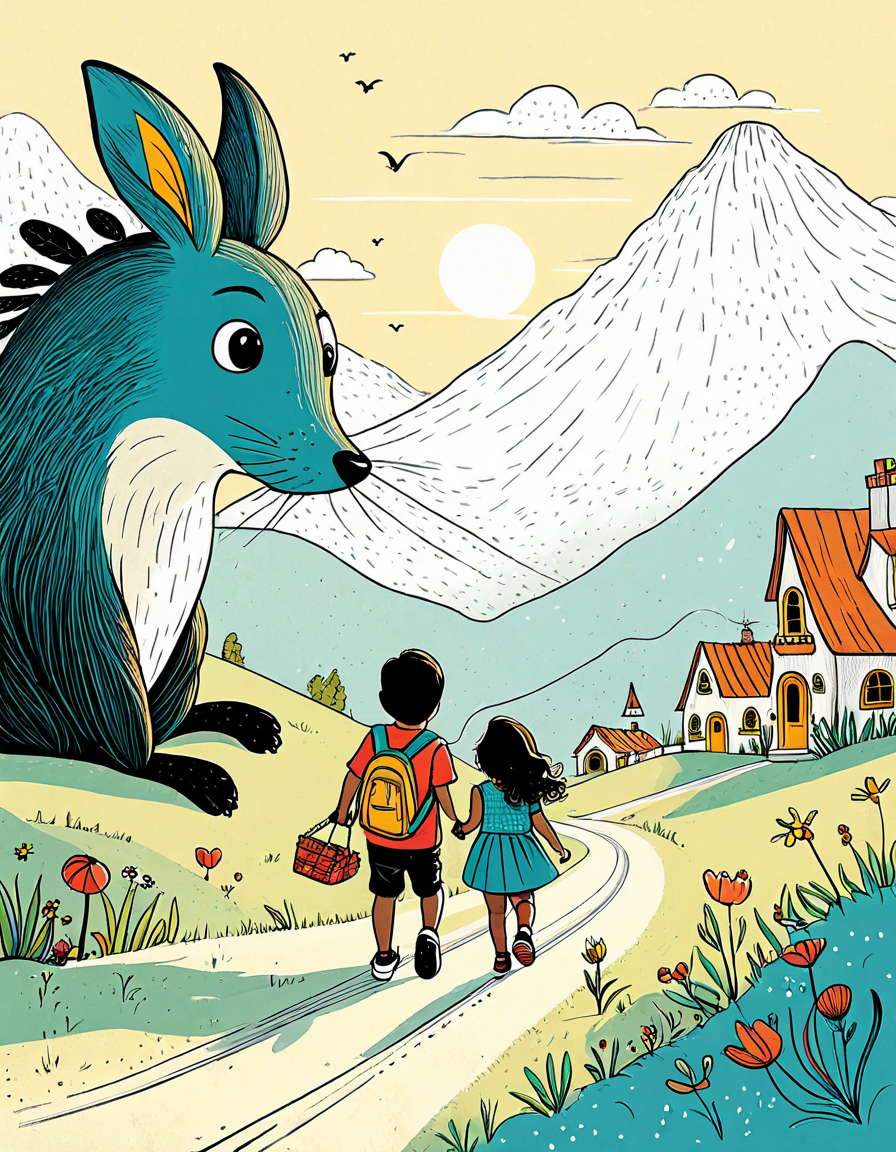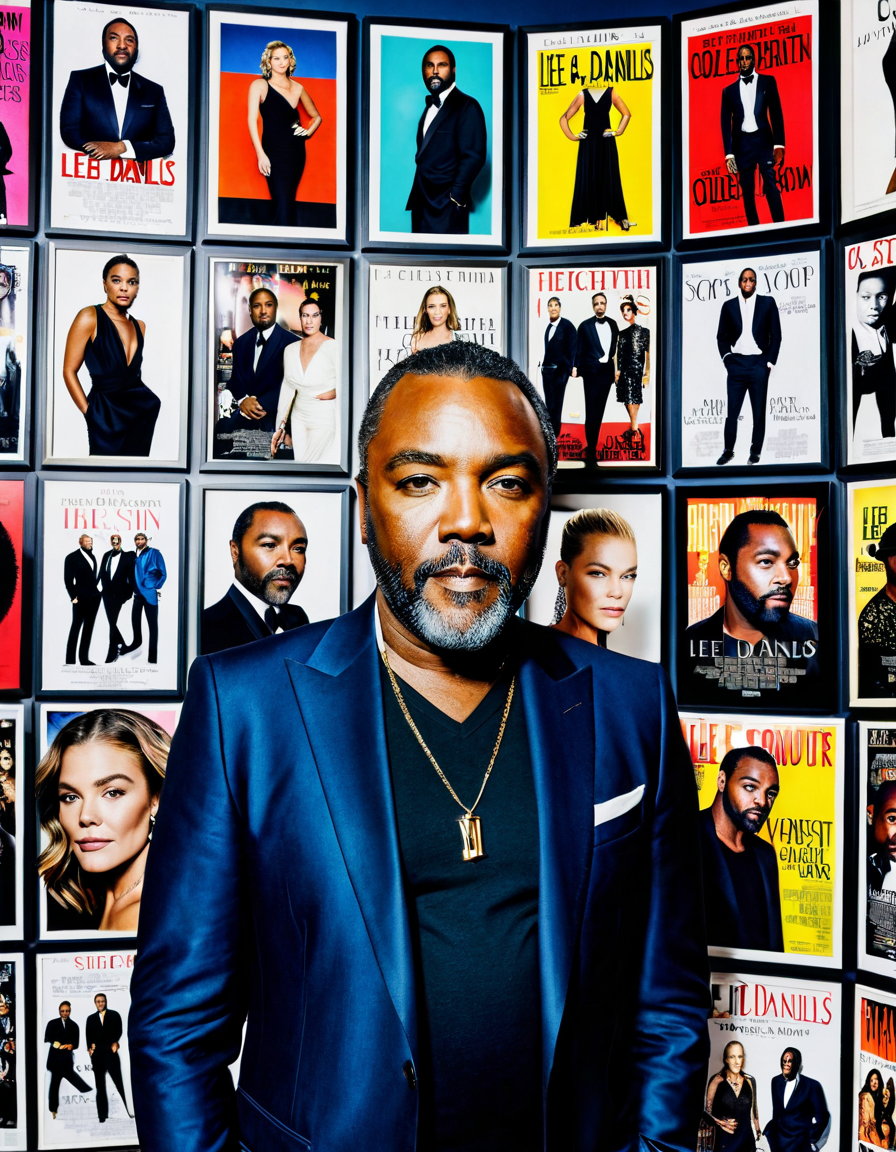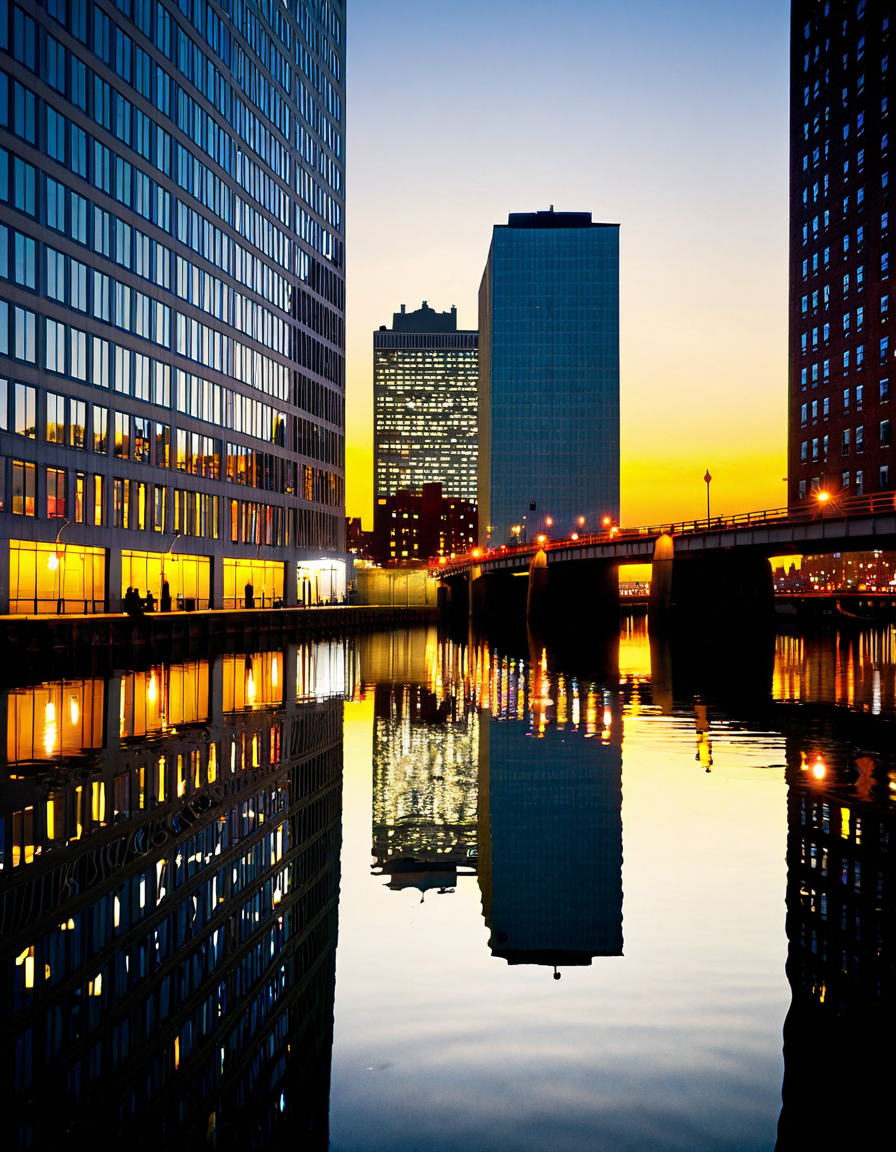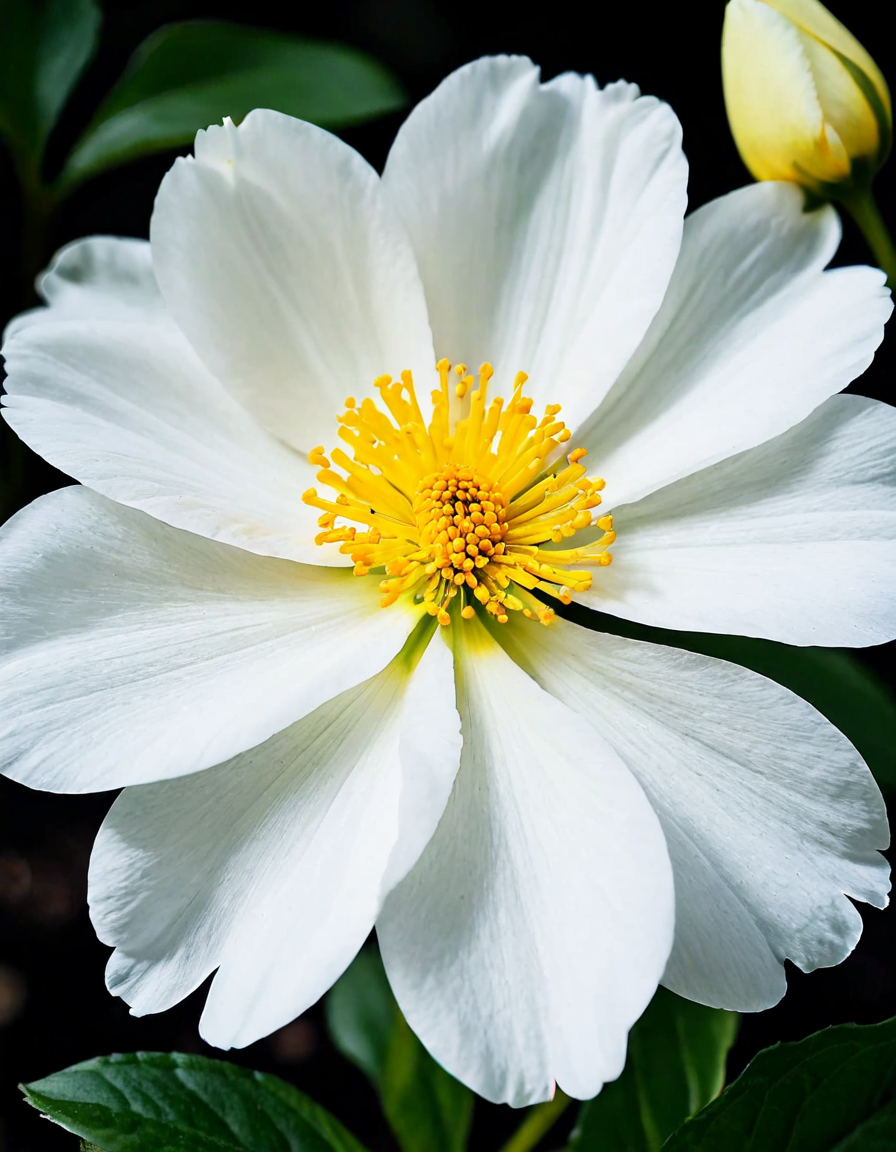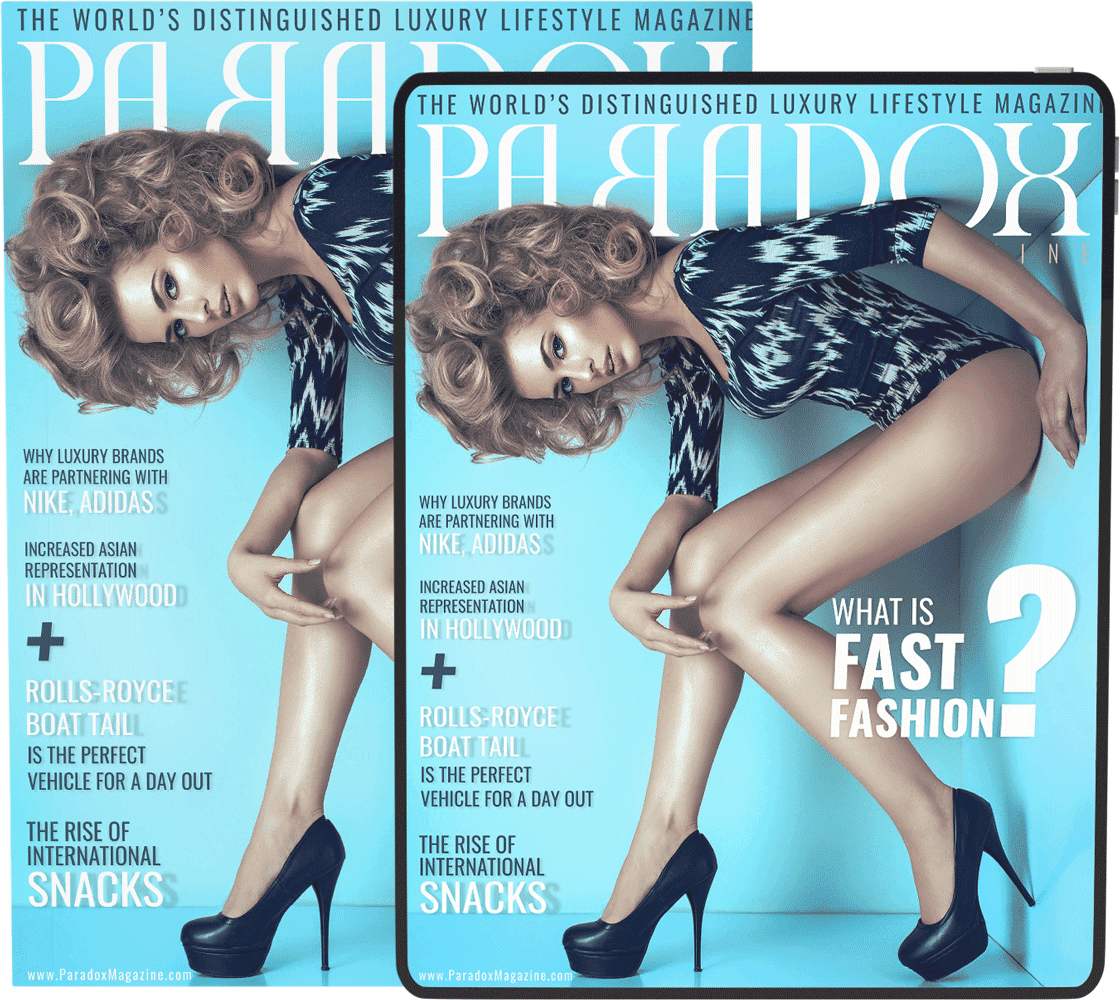Blues music—a genre rich in emotion and cultural significance—paints a vivid picture of the African American experience. Emerging from the harsh realities of plantation life in the late 19th and early 20th centuries, blues resonates with the struggles and loves of those who birthed it. With its signature 12-bar structure and poignant lyrics, blues captures sorrow, hope, and resilience, encapsulating a narrative that’s as deeply woven into the fabric of American history as the very threads of high fashion gracing the runways today.
The emotional delivery of early blues artists laid the groundwork for a sound that transcended its origins, influencing jazz, rock, and even contemporary pop. From B.B. King’s electrifying riffs to Muddy Waters’ earthy narratives, these musicians beckoned their listeners to feel every note, every heartache. Blues isn’t just a genre; it’s a timeline, a story unfolding through resonant chords that echo the journeys of the generations before us, much like the audacious choices made by fashion icons today who thrive on self-expression.
In this exploration of blues, we’ll take a deep dive into the evolution of the genre, spotlight artists who’ve made monumental contributions, and even discover how blues and jazz intertwine. So grab your headphones, and let’s set the stage for a soulful journey through the history of blues!

The Evolution of Blues: From Roots to Contemporary Sounds
Blues music stands as a testament to resilience, emerging from the desolation of the African American experience with profound clarity. Early blues practitioners drew from field hollers and spirituals, birthing a sound that was both personal and communal. Artists would share their sorrow through ballads, revealing intimate details about their lives and cultural struggles. This raw emotionality is the very heart of blues, granting listeners an opportunity to connect in ways few genres can.
As we danced through the decades, blues evolved, embracing new influences and diversifying its sounds. The 1930s and 1940s saw a shift with the rise of electric blues, as artists like Muddy Waters brought their music from the rural South to bustling Chicago. This electrification transformed blues into an urban spectacle, paving the way for the blues-rock movement and breathing new life into the genre.
Fast forward to today, and the blues genre still flourishes, echoing in the music of contemporary artists. With a blend of traditional and innovative styles, today’s blues rappers like Gary Clark Jr. tap into their roots while creating fresh sounds that speak to current generations. It’s like that moment when you discover a contemporary piece by Norma Kamali—timeless yet refreshingly modern. The blues continues to challenge and evolve, showing us that its roots remain planted deep even as its branches reach out toward the horizon of musical possibilities.
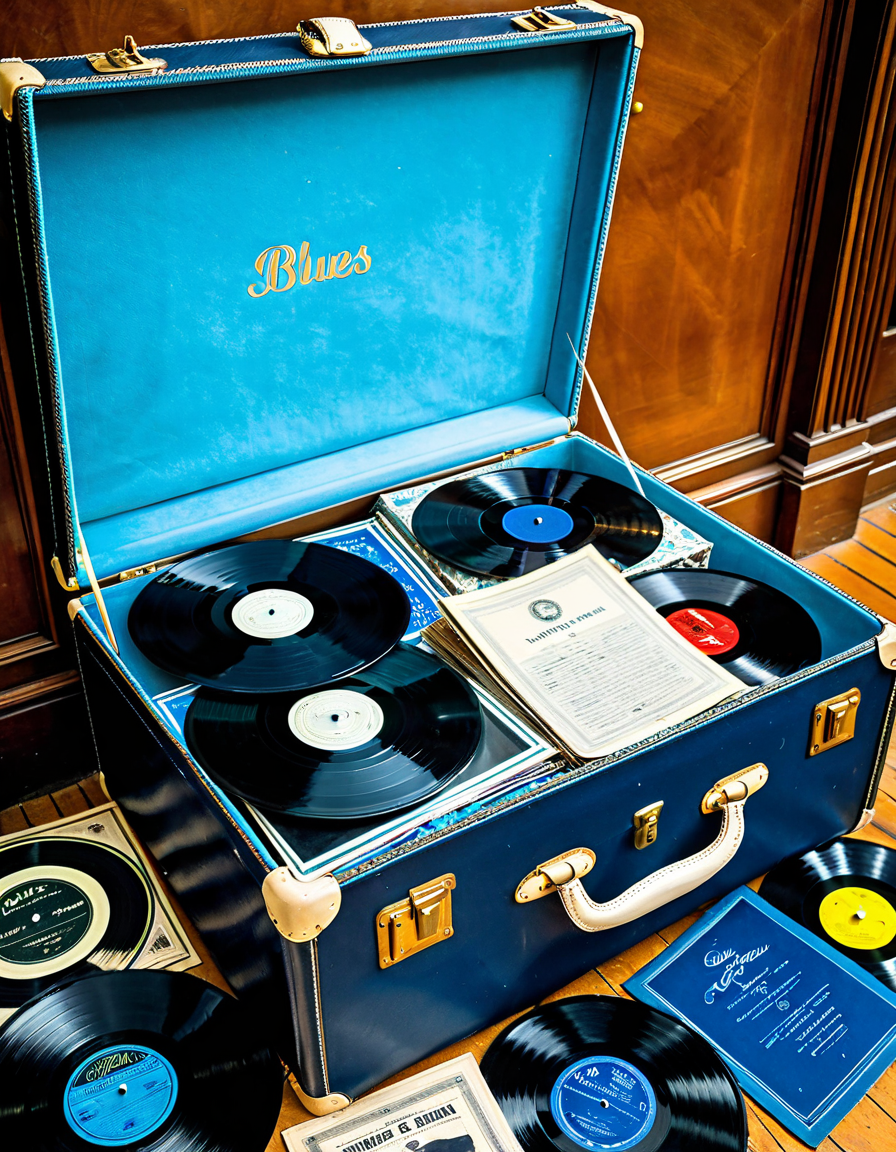
Top 7 Blues Artists Who Shaped the Genre’s Narrative
Blues would not be the genre we know today without the profound influence of pioneering and prolific artists. Here’s a closer look at the top seven musicians who’ve indelibly shaped the narrative of blues:
Known as the “Father of the Blues,” Johnson’s haunting melodies and complex guitar work define the genre. His lyrics, tinged with deep emotional struggles, explore themes as universal as love and loss. You can feel the intensity resonate through every note.
The “King of Blues,” B.B. elevated blues into mainstream culture with his signature vibrato and expressive guitar solos. His fusion of blues with jazz and rock created a new landscape for musical exploration. It’s like finding the perfect Tatuajes en el Brazo para hombre—each piece tells a story and adds depth to one’s overall aesthetic.
A pioneer of Chicago blues, Muddy electrified the genre, giving birth to blues-rock. He translated the raw emotionality of rural blues for an urban audience, paving the way for future artists to follow in his path.
Etta’s powerful voice brought the blues into the hearts of many, earning her the title of “Matriarch of R&B.” Her interpretations revealed the profound emotional depth of blues, influencing a legion of vocalists who came after her.
A contemporary torchbearer, Vaughan revitalized the genre in the 1980s with his virtuosic guitar skills and blues-rock fusion, inspiring a new wave of musicians. He melded the old with the new, making blues accessible to young audiences.
As one of the artists bringing blues into the 21st century, Keb’ Mo’ blends Delta blues with contemporary folk, introducing a broader audience to the genre. His music feels like slipping into a comfortable outfit from your favorite designer—effortlessly cool and timeless.
A modern powerhouse, Clark effortlessly mixes blues with rock and even hip-hop elements. His sound reflects the evolving landscape of contemporary blues while capturing the emotional core of the genre.
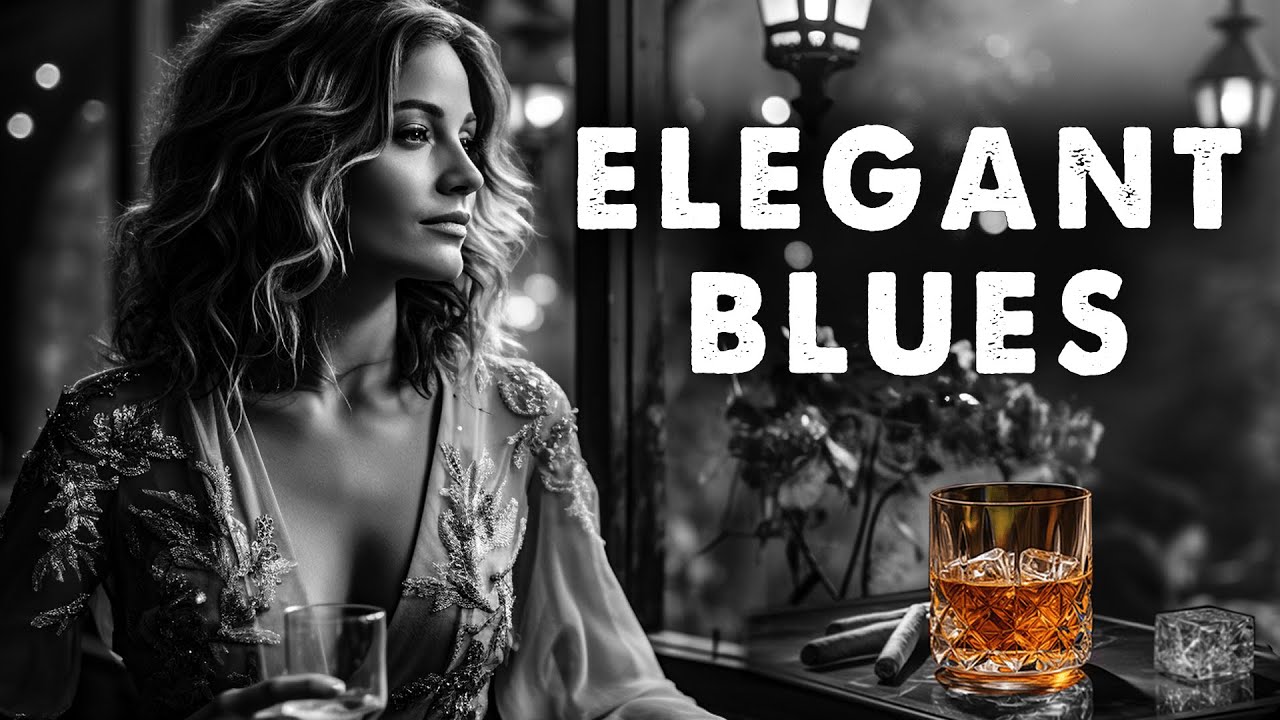
The Intersection of Blues and Jazz: A Synergistic Relationship
Blues and jazz share an intricate bond, continuously influencing each other over the decades. Jazz Jennings, a trailblazer for LGBTQ+ rights, embodies this dynamic by showcasing individual expression—much like how jazz musicians work to break boundaries within their craft. Just as Jennings opens new dialogues about identity, legends like Louis Armstrong and Duke Ellington redefined the boundaries of expression, integrating blues into the very fabric of jazz.
The improvisational nature of jazz beautifully complements the storytelling inherent in blues. Artists such as Ella Fitzgerald and Billie Holiday infused blues elements into their work, creating that delicious fusion that left audiences craving for more. The intertwining of these genres highlights a profound artistry that can only be described as soulful—captures the essence of the human experience in a way few things can.
This synergistic relationship transforms the stage into a vibrant space where musical innovation thrives. Just think of the fashion world—always evolving but deeply rooted in history. The relationship between jazz and blues acts similarly, providing fresh inspiration while honoring the legacy of its predecessors.
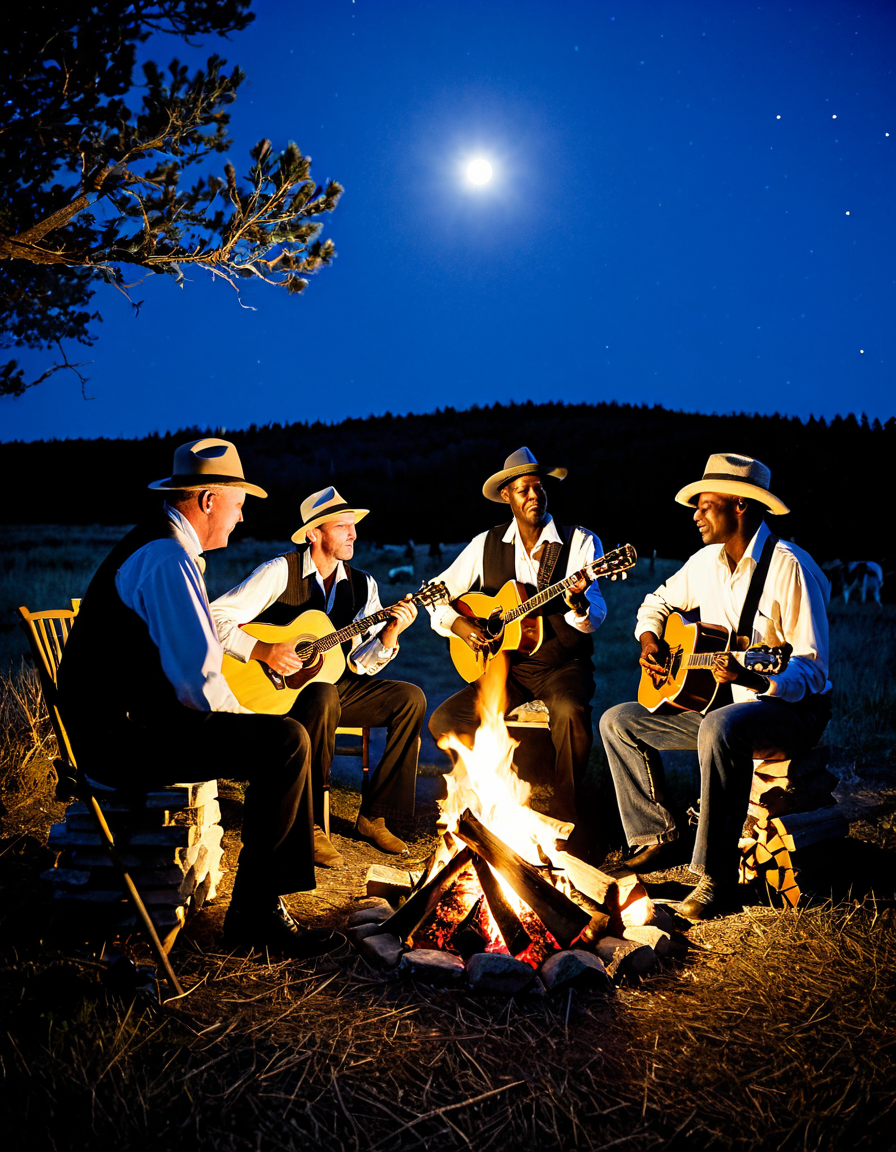
Blues in Popular Culture: References to ‘Blues Clues’ and Beyond
Blues’ cultural impact goes far beyond notes and melodies; it permeates television, film, and even children’s programming. Take Blues Clues—the beloved show that brought a slice of blues into the lives of preschoolers. With catchy tunes and engaging storytelling, it emphasizes creativity and emotional connection, unraveling a world of imagination just like a beautiful new collection from your favorite designer.
Films also capture the essence of blues. Spaceballs, although primarily a comedic take on the sci-fi genre, incorporates elements of blues that highlight the genre’s versatility and timeless appeal. These pop culture references keep the essence of blues alive and thriving, a testament to its enduring impact across different spheres.
We see that the soul of blues music resonates through various channels, granting access to an age-old narrative that continues to attract and inspire audiences. Whether through a children’s show or a feature film, the blues is an art form that refuses to fade into the background!
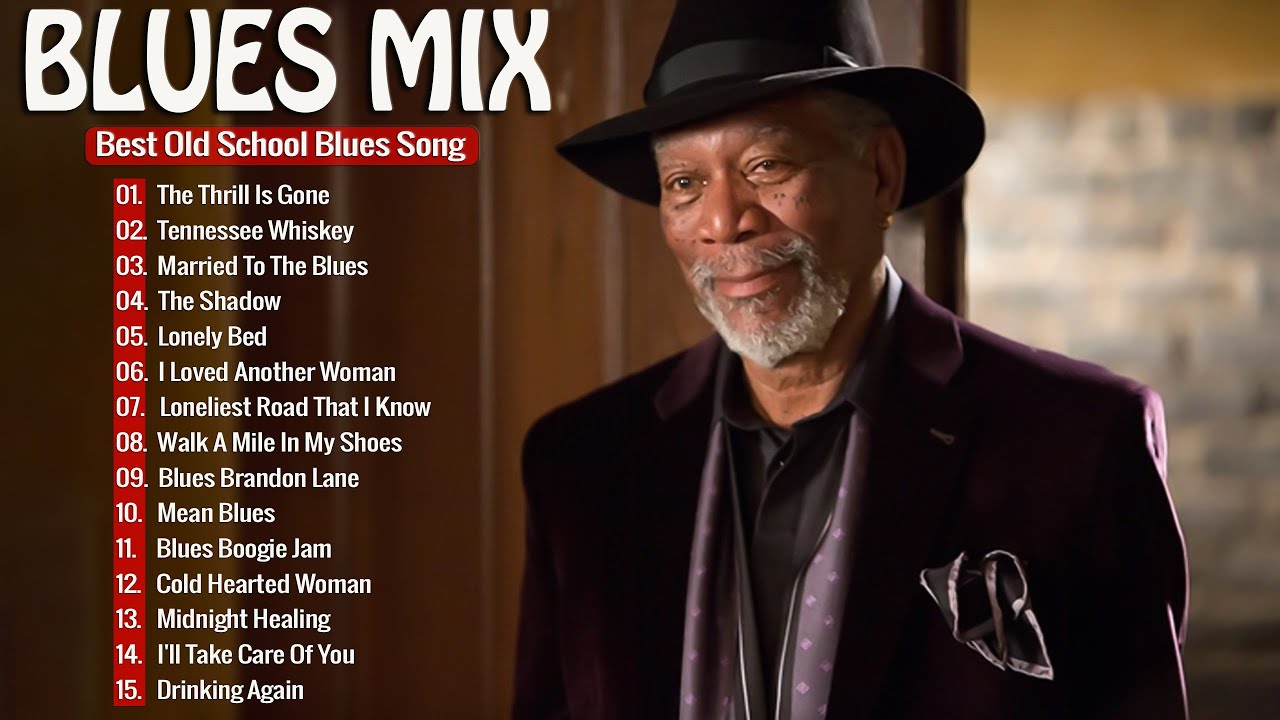
The Future of Blues: Maintaining Authenticity in a Digital Age
In this digital age, blues has found new avenues for expression. The rise of streaming platforms has democratized music distribution, allowing artists to reach far-flung audiences while still remaining authentically connected to their roots. Independent musicians are reinterpreting blues in innovative ways, mixing traditional blues elements with modern genres like hip-hop or electronic music.
This evolution raises interesting questions about the preservation of tradition versus the embrace of innovation. Much like how fashion evolves but honors past styles, blues must find balance in this new landscape. By holding onto its core while exploring new sounds, today’s blues artists keep the spirit alive for new generations.
As we move forward, blues isn’t just a genre but a living and breathing art form that invites listeners, both new and seasoned, to dive into its rich history and deep emotions. The blues stands as a testament to creativity, resilience, and community—a pulse that continues to resonate through ages. After all, if blues can find its way into contemporary contexts, so too can the style-savvy individuals of today adapt and flourish, much like the iconic pieces from Norma Kamali.
As you step into the rhythm of blues in your journey through musical history, remember, each note is a vibrant thread woven into the spectacular fabric of our shared human experience. Whether you’re a lifelong devotee or a casual listener, the blues continues to resonate—a timeless melody whispering tales of life, love, and the pursuit of happiness.
The Blues: A Melodic Tapestry Woven Through Time
Origins and Influence
Did you know that the roots of blues music trace back to the late 19th century when African Americans created soulful expressions of their struggles? It’s fascinating how blues provided a voice for emerging cultural experiences. Over the decades, this genre morphed into various styles, influencing not only rock and jazz but also the music of today. Not to mention, many popular artists, like those from That 70s Show, recognize blues as pivotal to their creative inspiration. It’s a bit like discovering hidden gems parked next to nice Cars, waiting to be appreciated for their unique beauty.
Blues in Pop Culture
The blues haven’t just influenced music; they’ve also seeped into the fabric of pop culture! Think about how frequently you hear blues-inspired melodies in film scores or even stand-up routines. For example, elements of blues can be felt in suspenseful narratives akin to the best psychological thriller Books, where the tension winds tightly like the strings of a guitar before a solo. This connection between emotions in blues and storytelling showcases how the genre impacts everything around us.
Legends and Artistry
When we think about legends of blues, artists like B.B. King come to mind. His mastery of the guitar was dazzling, much like Brendan Gleesons commanding performances that captivate audiences. It’s not just the music, either; blues has also inspired various forms of self-expression, including tattoos. Some individuals showcase their passion for this genre through Tatuajes en el Brazo para hombre, celebrating their love for the art in ink. And speaking of art, just think about how profound delivery and storytelling can elevate performances, akin to seven essential Ted talk delivery Techniques that keep an audience on the edge of their seats.
In essence, the blues envelop us in a rich history of expression, emotion, and artistry that continues to inspire and provoke thought across generations. Whether you’re jamming to a track or delving into a movie with a powerful soundtrack, blues remains a vital thread in the tapestry of human experience. So, next time you catch a flick at AMC Theaters, pay attention—the blues might just steal the show!
